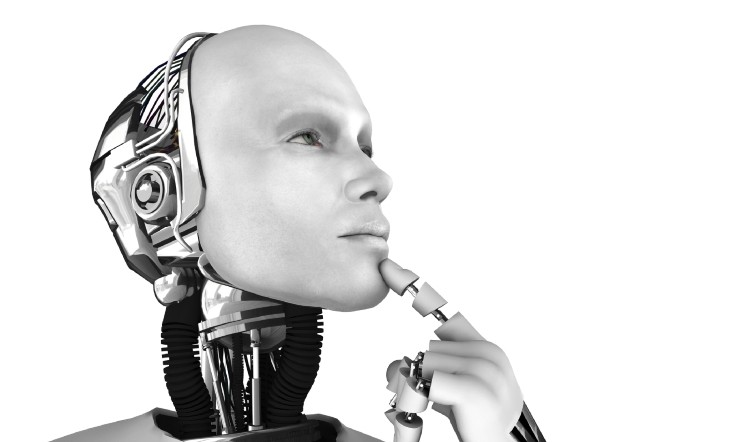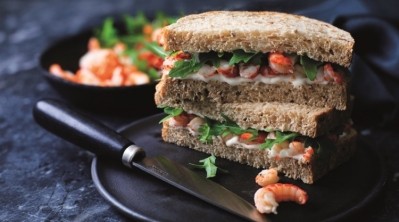The robolution
According to the International Federation of Robotics, robot sales had a record year in 2018, increasing by 31%. And there’s every likelihood the growth will be even higher this year.
Trends such as human collaborative robots (cobots), simplification of use, and process learning have helped propel the use of robots in industrial automation, says Earl Yardley, director at Industrial Vision Systems.
“In the future, industrial robots will be easier and quicker to program, using intuitive interfaces,” Yardley explains. “The human-robot collaboration will support the flexible production of small quantities with high complexity. The reduction in complexity of use allows the widespread use of robots and vision systems in the mid to long-term.”
Up to now, robots used in food manufacture have tended to replicate repetitive tasks. However, combining robotics with artificial intelligence (AI) could result in a new level of robotisation, claims Marius Robles, chief executive and founder of innovation firm Reimagine Food.
Furthermore, given the level of dependence on overseas workers, Brexit may allow the UK to become a leader in “food robolution”, Robles told Food Manufacture in December.


























